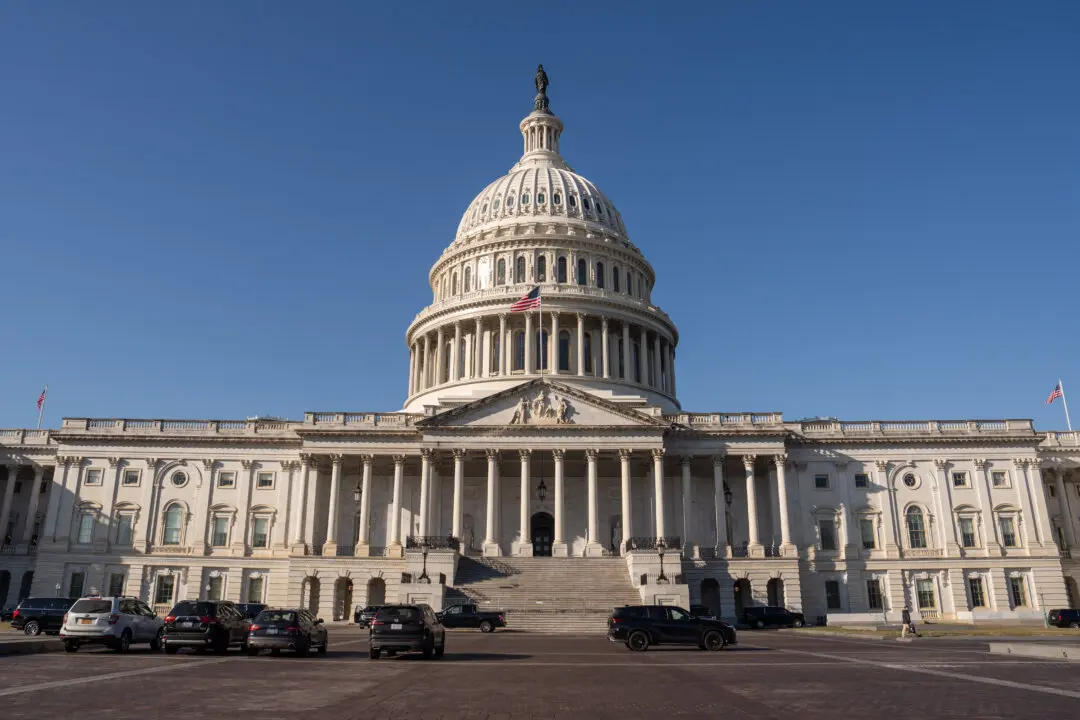There are at least 82 U.S. municipalities across 29 states now engaged in guaranteed income experiments, including more than 70 with pilot programs created within the past year, according to a coalition of more than 100 mayors promoting the concept.
Mayors for a Guaranteed Income and proponents among municipal officials nationwide are encouraging local governments to seed pilot programs with federal pandemic assistance from a $350 billion fund for state and local governments within the $1.9 trillion American Rescue Plan Act (ARPA), adopted in March 2021.





